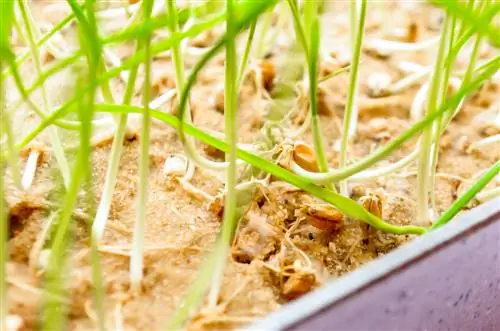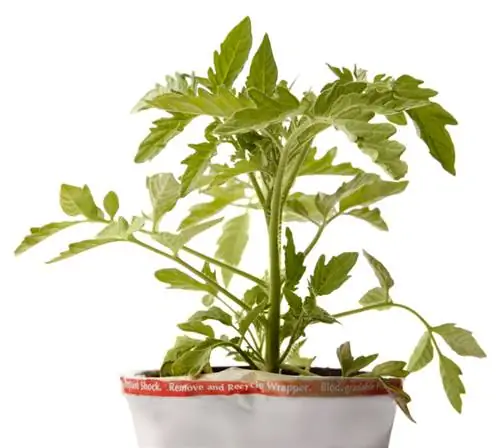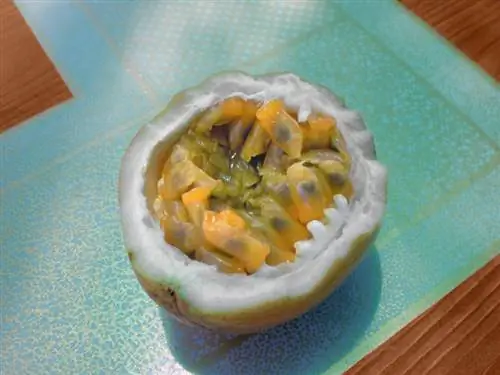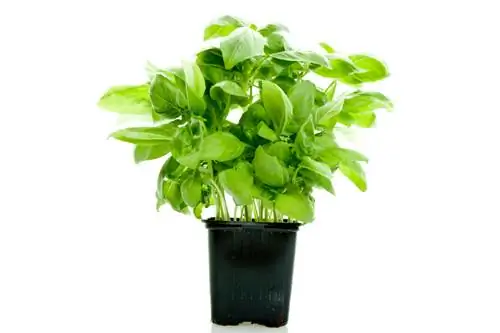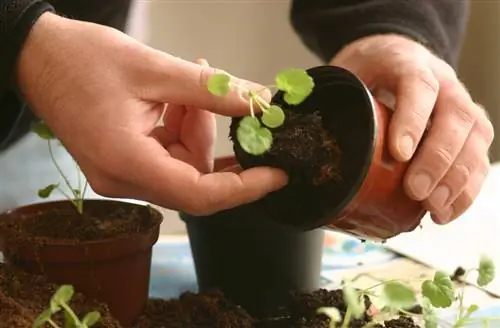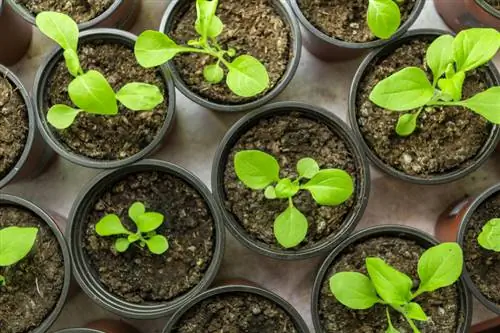- Author admin [email protected].
- Public 2023-12-16 16:46.
- Last modified 2025-01-23 11:21.
Cats are almost obsessed with cat grass and love to nibble on the stalks. In addition, the plant is much he althier than treats because it contains valuable folic acid and vitamins. Cat grass promotes digestion and helps the cat regurgitate hairballs. There are many reasons to grow grass and feed it to your four-legged friend. By growing your own cat grass from seeds, you save a lot of money. Cultivation is also very easy. Read for yourself.

How do you grow cat grass from seeds?
To grow cat grass from seeds, you need cat grass seeds, a pot or a shallow bowl, potting soil and irrigation water. Before sowing, soak the seeds, press them into the substrate and always keep the soil moist. Germ-free potting soil and indirect sunlight promote growth.
Different types of cat grass
Cat grass seeds are available online, in specialist shops or in he alth food stores. Regarding the variety, you can choose between two different types of cat grass:
- Sour grasses (Cyprus grass)
- and sweet grasses (room bamboo, wheat, barley, oats)
Which variety for my cat?
The choice of cat grass variety should depend on your needs. Wheat, oats and barley have rapid growth. The local grains require constant breeding, but provide your cat with a constant and cost-effective supply. Indoor bamboo and Cyprus grass tend to be more frugal when it comes to growth speed. If you only occasionally offer cat grass to eat, these are the varieties of your choice.
Growing cat grass from seeds
Required materials
- Cat grass seeds
- A pot or shallow dish
- growing soil
- Watering water
Info and tips for germination
- There is no specific time. You can sow cat grass all year round.
- Most grain varieties germinate at temperatures of 2-5°C.
- Soak the cat grass seeds in water for one to two hours before sowing to shorten the germination time.
- Press the seeds about two to three centimeters deep into the substrate.
- Additional fertilizing is not necessary, it can even harm your cat due to the excess nutrients.
- Germ-free potting soil is therefore particularly suitable as a substrate.
- Keep the soil moist at all times, but avoid waterlogging.
- If there are high temperatures and dry air, it is best to stretch a transparent film over the growing pot.
- Only sow small quantities.
- You should no longer feed woody grain or grain that has ears.
- It is best to sow with foresight for use as a forage plant. Give gnawed plants a recovery period and offer newly grown stalks.

